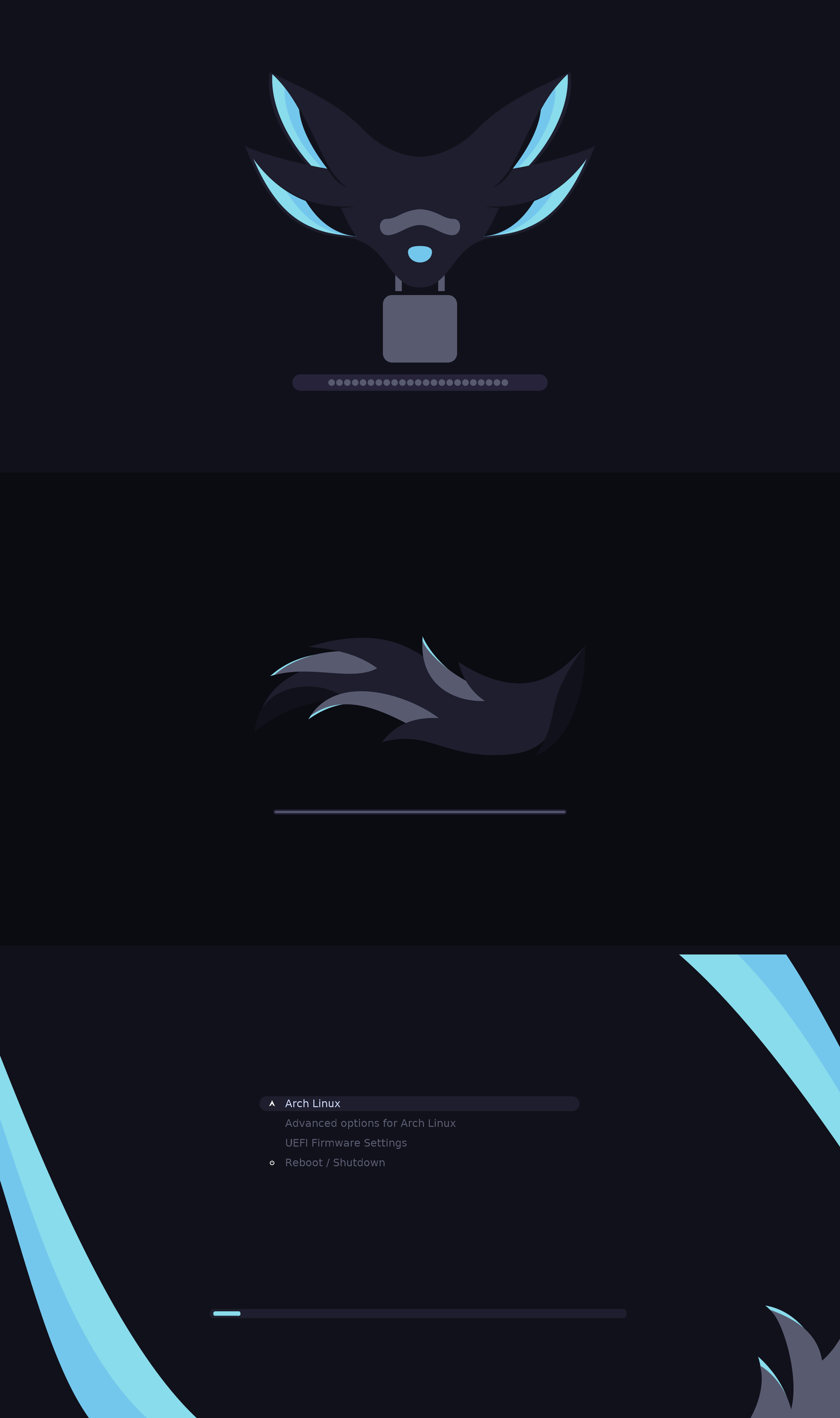Heyo. I've had my desktop Arch install for about 5 years now and I'm thinking of moving to something slightly more stable - I thought it might be entertaining to write down my thoughts and considerations.
The Linux landscape has changed a lot since I originally picked Arch, and I'm beginning to feel like Arch's pros/cons no longer fit my usecases. Arch itself has been very stable throughout my time with it (aside from the time they bricked everyone's bootloaders), but recently it feels like the packages I'm pulling in are just a bit too bleeding edge. Low/medium severity bugs have been popping up and getting fixed every few weeks, and I've noticed them often enough that it's making me reconsider why I'm still using Arch at all.
Until a year or so ago, gaming on Linux required you to be on the bleeding edge of software, and I've long appreciated having the latest and greatest packages available. Nowadays it seems like everything new and interesting has been slowing down, and the advent of Flatpaks make conservative distros way more viable.
I've been using Linux for about 15 years now so I've got experience with just about every major distro out there. I also tend to agree with SUSE's rolling-release preference: Presentation, Slides. Currently, I'm ruling out the following:
Fedora:
Great distro with a healthy balance for cutting-edge packages, but it's not rolling-release and software selection is not as good as Arch/Debian. With the villain arc Red Hat has been on, I'd rather hedge my bets and support a community-maintained distro instead. I was on a bleeding edge distro for 5 years, I expect to be on a stable one for longer.
OpenSUSE Tumbleweed:
Great rolling-release distro with a healthy balance for cutting-edge packages, but software selection is not as good as Arch/Debian. This distro is very close for consideration, but I think I'd ultimately rather go with a community-maintained distro and not have to worry about SUSE doing anything stupid in the future.
Linux Mint/LMDE:
Great distro (and probably my favorite to recommend to new users), but it's not rolling-release. Maybe I'm just old and this isn't a problem anymore, but historically I've never upgraded a regular release distro without something big breaking. Also, idk if it's still the case but I absolutely loathe when new releases of distros try to change your software. I don't care that the defaults are updating on the downloadable version - leave my installed setup alone. If this can be used like a rolling-release I'm down to reconsider it.
Gentoo, NixOS:
No experience with these, but probably too much work for me and my CPU. How stable are the stable versions of these?
Ubuntus:
Canonical is the devil and I'll have nothing to do with them or their snaps.
Manjaro:
Remarkably bad. This abomination should be used by no one. This isn't a rare opinion so I'll let others bring the receipts: One, Two, Three, Four
Solus:
No recent experience with this one but last I checked it had a small package repository and it was mostly the passion project of a dev known for abandoning their projects. Then the dev abandoned the project.
Pop!_OS, PCLinuxOS, KDE Neon, Elementary OS, Deepin, MX Linux, Nobara, Garuda, Endeavour, Arco Linux, etc:
These are effectively just preconfigured and preskinned Debian/Fedora/Arch. I don't want to tie my long-term distro health to something that I could do in an hour on install.
For those keeping score at home, that means I'm mostly left with Debian Stable. Stable has just started its 2-year freeze cycle, so it's hard for me to compare package versions between Stable and Testing/Sid at the moment. I think I could get away with using Stable + an array of Flatpaks/3rd-party repos/manual compile scripts, but one package I'm unsure about is mesa, which drives a lot of features/optimizations for gaming.
It's been a while since I've run a pure Debian system, but from what I understand the Stable release locks in the minor version number of its packages, meaning that Stable is going to be stuck on mesa 22.3.x for another 2 years. 22.3.x is already a bit old at this point, having released 5-8 months ago - is it probable that mesa will get backports?
Has anyone else had similar thoughts lately? I feel like Flatpaks are making Debian, Linux Mint, Fedora, and OpenSUSE Tumbleweed objectively more attractive than Arch nowadays, and Debian Stable is finally inching towards being a real contender for a desktop system.
Edit: I've found out that Flatpaks always use Flatpak Mesa, which is cutting-edge. So Flatpak Steam and Flatpak Lutris are enough to circumvent this problem.
Edit2: I've been using Debian Stable since I wrote this post and it's exactly what I hoped it would be. After grabbing some Flatpaks and Homebrew software it feels just like my Arch system.

